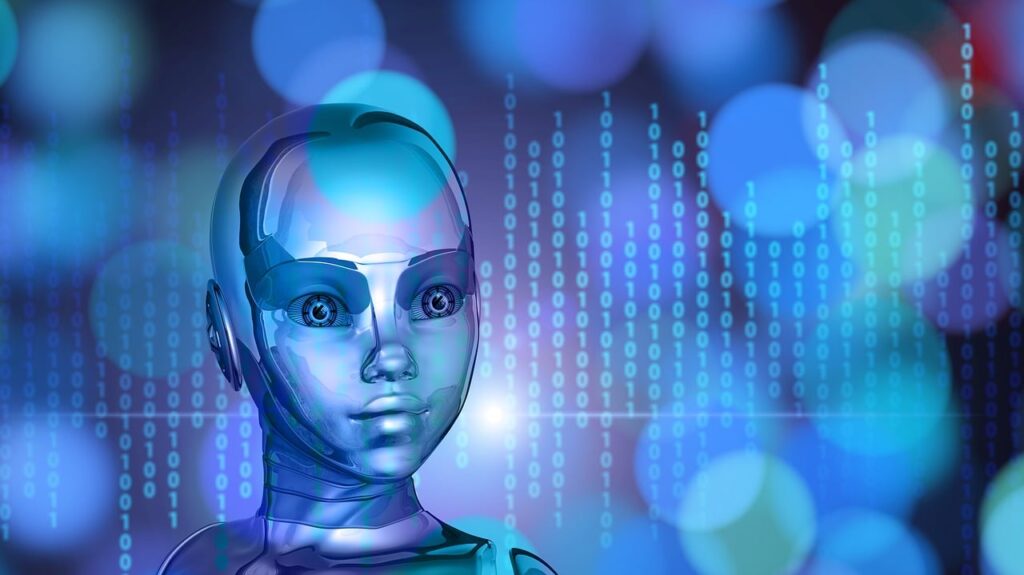In the ever-evolving landscape of cybersecurity, where the battle between hackers and defenders rages on, a new and formidable adversary has emerged: AI-generated malware. Artificial Intelligence, a powerful tool in the hands of ethical hackers, is now being harnessed by cybercriminals to create sophisticated malware that poses a significant threat to individuals and organizations. This article delves into the alarming rise of AI-generated malware and its implications for the world of hacking.

The Malicious Potential of AI:
Artificial Intelligence, with its machine learning capabilities, has made a remarkable impact on numerous industries, from healthcare to finance. Its potential for automation, prediction, and optimization is undeniable. Unfortunately, this potential is not limited to benign applications. AI has also proven to be a double-edged sword, as it can be employed for malicious purposes. One such application is the creation of AI-generated malware.
What is AI-Generated Malware?
AI-generated malware refers to malicious software that is developed and deployed with the assistance of artificial intelligence. Traditional malware, such as viruses and Trojans, often relies on predefined patterns and signatures for their malicious activities. AI-generated malware, on the other hand, uses machine learning algorithms to adapt, evolve, and evade detection.
The Advantages of AI in Malware Development:
The use of AI in malware creation grants cybercriminals several distinct advantages:
1. Polymorphism: AI-generated malware can change its code and behavior over time, making it challenging for traditional antivirus software to detect and counteract.
2. Improved Targeting: AI can analyze vast amounts of data to identify specific vulnerabilities and create tailored malware to exploit them. This results in more effective attacks.
3. Rapid Evolution: Malware developers can train AI models to constantly adapt and evolve, ensuring their malware remains effective against evolving defense measures.
4. Automated Attack Generation: AI can automate the process of generating attack strategies and malware variants, allowing for a higher frequency of attacks.
The Growing Threat:
AI-generated malware poses a growing threat to individuals and organizations worldwide. These malware variants can infiltrate networks, steal sensitive data, disrupt operations, and even serve as a foundation for more extensive cyberattacks.
1. Data Breaches: AI-generated malware can target personal and sensitive data, leading to data breaches with far-reaching consequences, including identity theft and financial losses.
2. Ransomware: Cybercriminals use AI to create more potent and widespread ransomware attacks, crippling organizations by encrypting their data and demanding substantial ransoms for its release.
3. Social Engineering: AI can assist in crafting highly convincing phishing emails and messages, increasing the success rate of social engineering attacks.
4. Advanced Persistent Threats (APTs): AI-generated malware can be used to develop APTs that maintain long-term access to compromised systems, enabling persistent surveillance and data theft.
The Defenders’ Dilemma:
The rise of AI-generated malware presents a significant challenge for cybersecurity experts. Traditional defense mechanisms, such as signature-based antivirus software, are struggling to keep pace with the constantly evolving threat landscape. AI-generated malware can bypass these systems by changing its code or behavior to avoid detection.
AI in Defense:
To combat AI-generated malware effectively, defenders are also turning to AI. Machine learning models can be trained to recognize patterns and anomalies in network traffic, making it easier to identify potential threats. Behavioral analysis, predictive analytics, and anomaly detection powered by AI can strengthen cybersecurity measures.
Challenges and Ethical Considerations:
As AI-generated malware becomes more prevalent, several challenges and ethical considerations arise:
1. Attribution: Identifying the source of AI-generated attacks can be difficult, as they can originate from multiple locations and be orchestrated by disparate actors.
2. Privacy: The development of AI models for cybersecurity purposes must navigate privacy concerns, ensuring that user data is not exploited.
3. Ethical Use of AI: The ethical use of AI in both offense and defense is a crucial consideration, as the same technology that can protect against AI-generated malware can also be misused for malicious purposes.
The Need for Collaboration:
In the face of this escalating threat, collaboration between governments, organizations, and cybersecurity experts is essential. Sharing threat intelligence and adopting a unified approach to AI-generated malware is crucial in the ongoing battle against cybercriminals.
User Awareness:
Individuals also play a vital role in protecting themselves against AI-generated malware. Staying informed about the latest cybersecurity threats, using strong and unique passwords, regularly updating software, and being cautious with email attachments and links can go a long way in preventing attacks.
Conclusion:
AI-generated malware represents a significant and growing threat in the world of hacking and cybersecurity. Its ability to adapt, evolve, and target vulnerabilities makes it a formidable adversary. However, the same technology can also be harnessed for defense, emphasizing the need for a balanced approach that leverages AI’s potential for good while guarding against its misuse. The battle between cybercriminals and defenders continues to evolve, and it is critical for individuals, organizations, and governments to work together to stay one step ahead of AI-generated malware and secure the digital world.